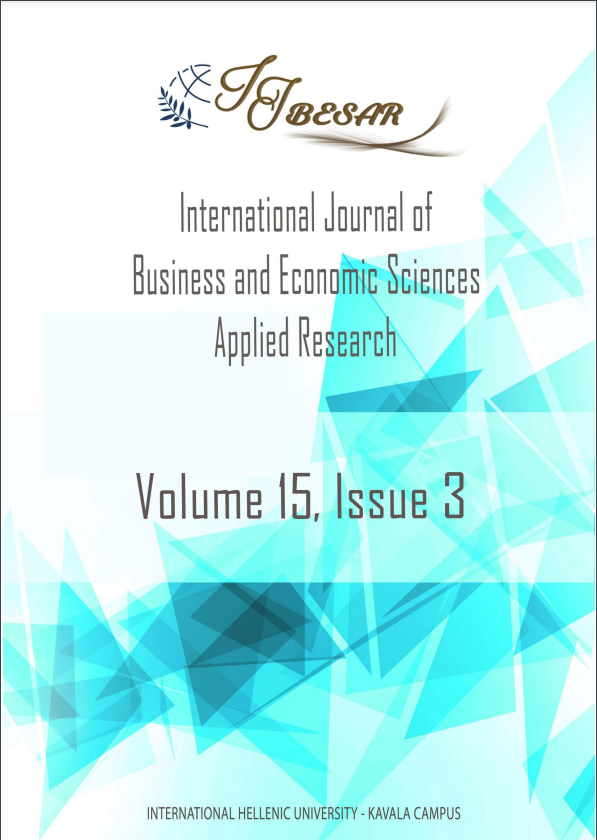Bank Capital Buffers and Bank Risks: Evidence from the Namibian Banking Sector
Bank Capital Buffers and Bank Risks: Evidence from the Namibian Banking Sector
Author(s): Johannes P S SheefeniSubject(s): Economy, Financial Markets
Published by: Τεχνολογικό Εκπαιδευτικό Ίδρυμα Ανατολικής Μακεδονίας και Θράκης
Keywords: Bank; Capital Buffers; Bank Risk; Namibia; ARDL; Procyclical; Countercyclical;
Summary/Abstract: Purpose: This paper analysed the effects of bank’s risk on capital buffer in Namibia, in the absence of the consensus on the cyclical behavior of capital buffers. Design/methodology/approach: The study employed the autoregressive distributed lag (ARDL) modelling technique on quarterly data for the period 2001 to 2019. Findings: The study found the following: First, there is a long run relationship between the dependent variable and the independent variables. Second, the study showed that the ratio of NPLs to gross total loans negatively affect capital buffers in the short run, while it positively affects capital buffers in the long run. Furthermore, return on assets and liquidity negatively affects capital buffers in both the short and long run. On the contrary, bank size in form of log of total loans positively affects capital buffers in both the short and long run. Research limitations/implications: The unavailability of data of a long-term span is not desirable. Moreover, the limited data of certain variables narrowed the choice of a variety of variables that could be included in the study. Originality/value: The paper contributes to the hypothesized theory of countercyclical. The policy implication from these findings is that the presence of countercyclical relationship is in support of the transition from Basel II to Basel III to mitigate the procyclical as experienced under Basel II accords as documented in the literature. Future studies should focus on using a variety of variables to assess this relationship and see whether or not the outcome will be different.
Journal: International Journal of Business and Economic Sciences Applied Research (IJBESAR)
- Issue Year: 15/2022
- Issue No: 3
- Page Range: 60-68
- Page Count: 9
- Language: English

